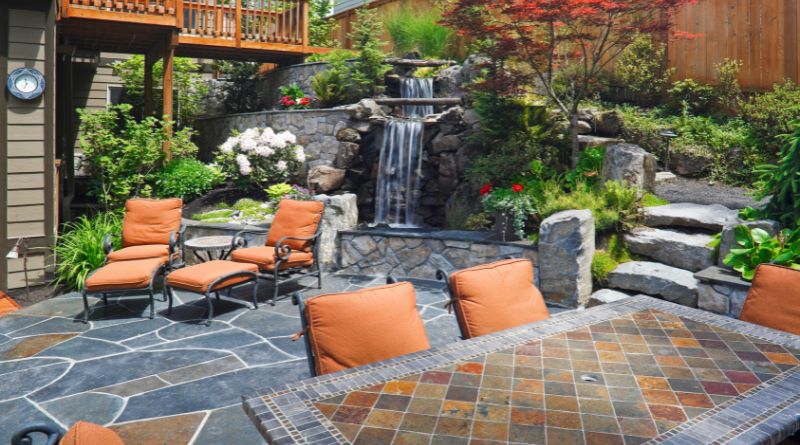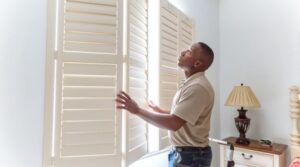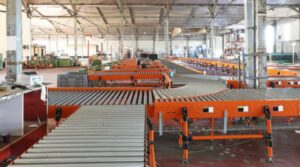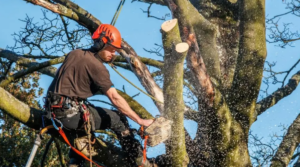
Enhancing Your Outdoor Space
Key Takeaways:
- Understanding the multifaceted nature of hardscaping.
- Selecting materials for durability and design harmony.
- Creating functional and accessible outdoor living spaces.
- Integrating eco-friendly practices in hardscaping projects.
- Assessing the impact of hardscaping on property value and appeal.
Table of Contents
In the quest to create an outdoor oasis, the power of hardscaping often needs to be recognized. The term encompasses the non-living facets of your garden – from stone paths winding through your greenery to the terraced patios hosting your summertime soirees. Hardscaping is not merely a visual delight but augments one’s living space, particularly when embraced in harmony with nature. The unsung hero of landscaping, when wielded with deliberation and creativity, hardscaping can drastically improve the functionality, aesthetics, and the very value of your property.
Defining Hardscaping and Its Components
The delineation between hardscaping and its counterpart, softscaping – the component involving the living, breathing flora within your garden – is distinct. Hardscaping refers to those aspects of a landscape that are constructed and non-changeable, like brick patios, elegant stone walkways, robust concrete retaining walls, and even ornate metal fences that outline the perimeter of your sanctuary. Elements of hardscaping act as the skeleton of the soft textures of natural greenery, anchoring the landscape with weight and permanence. Appreciating these inanimate features is essential in painting the entire canvas of your outdoor design aspirations.
A solid foundation for understanding hardscaping’s role within landscape architecture deepens with an exploration of everyday materials utilized. When hardscape pieces harmoniously slot into the surrounding landscape, they create a cohesive narrative that embellishes natural beauty.
Designing for Durability: Choosing the Right Materials
Selecting the correct hardscaping materials is not a decision to be made lightly. The chosen elements are meant to withstand the test of time and become a steadfast part of your landscape for many years. Natural stone, for instance, may come with a higher initial cost but provides a robustness that artificial simulacrums can rarely match. Whether you select cut flagstones for a classical walkway or interlocking concrete pavers for a modern patio space, these materials must serve as both an aesthetic statement and a durable outdoor component. The intricacies of material selection also factor in considerations such as local climate and a need for minimal maintenance.
Enhancing Aesthetics with Hardscaping
As any experienced designer will tell you, a hardscaping construction company can transform a plain landscape into a desirable work of art. Moreover, pergolas and arbors can introduce a unique structural dimension to your garden. When these features are thoughtfully integrated, moving beyond aesthetics to reflect your home’s architectural lines and forms, hardscaping becomes a nexus between your indoor and outdoor living spaces. This synergy not only maximizes the visual appeal of your property but also fosters an innate sense of continuity and balance.
Hardscaping for Functionality and Accessibility
Far beyond its visual impact, hardscaping is crucial to enhancing the overall functionality and accessibility of outdoor spaces. Thoughtfully designed patios offer inviting areas for rest and entertainment, while walkways and steps ensure safe navigation through the garden, regardless of the weather. These elements can be intricately designed to address and rectify issues, such as creating retaining walls in sloped areas to safeguard against erosion.
Sustainable Hardscaping Practices
Today’s hardscaping projects are increasingly characterized by their sustainability. Such practices include choosing permeable pavers that allow rainwater to seep into the ground, thus reducing runoff and allowing natural water replenishment. Sourcing materials locally may foster regional businesses and curtail transportation emissions associated with your project. The push towards sustainability in hardscaping is not just an ethical choice but a practical one, with potential long-term benefits to the homeowner and the environment.
Cost Considerations in Hardscaping Projects
When venturing into the world of hardscaping, a homeowner must meticulously balance the scales of initial investment against expected returns. While the allure of granitic grandeur or marble magnificence is undeniable, the financial implications are considerable. This financial balancing act extends beyond the installation to ongoing maintenance, which varies depending on the chosen materials. A precise financial plan, aligned with the predicted increase in property value, forms the basis of a sensible hardscaping project.
Hardscaping and Property Value
The strategic inclusion of hardscaping in one’s garden can lead to a noticeable uptick in property valuation. Universally appealing features, such as fire pits for year-round outdoor enjoyment or meticulously designed kitchenettes for alfresco dining, can especially resonate with potential buyers. A hardscape with premium design and thoughtful execution can set your property apart amidst a crowded real estate market.
Planning Your Hardscape: Beginning Steps
Embarking on a hardscaping project is a journey that calls for careful, well-informed planning. It is vital to consult professionals, such as landscape architects, who can meld your preferences with the nuanced demands of your land’s specific climate and topography.







